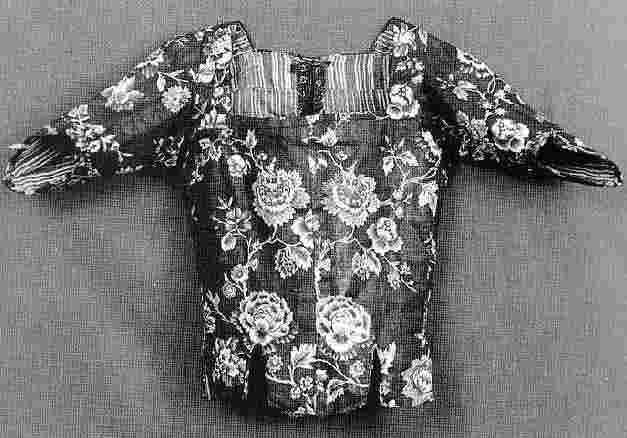
Figure 1.--This image shows a smock worn by a Dutch child in the second half of the 19th century. HBC know little at this time about who wore such smocks. This does not, for esample, look like a protective garment.


Figure 1.--This image shows a smock worn by a Dutch child in the second half of the 19th century. HBC know little at this time about who wore such smocks. This does not, for esample, look like a protective garment. |
HBC had little information about smock in the Netherlands during the 18th and 19th century. A Dutch reader has provided an image of a fancy 18th century smock. We know little at this time about the conventions for wearing smocks in the 18th century. Some images from the turn of the 20th century do show Dutch boys wearing pinafore-like smocks. It was much more common for girls to wear them. but Dutch boys also wore them. Smocks were common in rural areas until about the mid-1930s. Smocks declined in popularity in the 1940s and especially the 1950s. By the late 1950s they were only being worn by younger boys.
HBC had little information about smock in the Netherlands during the 18th century. A Dutch reader has provided an image of a fancy 18th century smock. We know little at this time about the conventiins for wearing smocks in the 18th century. Surely this garment would gave only been worn by a child in an affluent damily. The image shown here shows a very fancy garment that does not look like te plain protective garment that became common in the 19th century. We are also not sure if both boys and girls wore such garments. We also do not know if the patterns or styles varoes for boys and girls.
HBC has little information on Dutch boys wearing smocks in the 19th century. They are known to be widely worn in Belgium and France for school by the late 19th century, but not very commonly in Germany. Dutch are not yet clear to HBC. A dutch reader has provided the above example of a 19th century Dutch smock which appears rather ornate.
Some images from the turn of the 20th century do show Dutch boys wearing pinafore-like smocks. It was much more common for girls to wear them, but Dutch boys also wore them. Smocks were common in rural areas until about the mid-1930s--especially the traditional style. Yonger boys in urban areas might wear a wide variety of smocks. Some had Scandinavian Lap styling. Others had Russian blouse styling. In many cases smocks were made by mothers rather than purchased in stores. Many mother through the 1950s made their children's clothing, especially when they were young. Smocks declined in popularity in the 1940s and especially the 1950s. By the late 1950s they were only being worn by younger boys.
Navigate the Boys' Historical Clothing Web Site:
[Return to the Main Dutch smock page]
[Return to the Main national smock page]
[Introduction]
[Activities]
[Bibliographies]
[Biographies]
[Chronology]
[Clothing styles]
[Contributions]
[Countries]
[Boys' Clothing Home]
Navigate the Boys' Historical Clothing Dutch pages:
[Return to the Main Dutch boys clothing page]
[Maiken Island]
[Dutch choirs]
[Dutch royalty]
[Dutch scouts]
[Dutch school uniform]
[Dutch boys bangs]
Navigate the Boys' Historical Clothing national pages:
[Return to the Main countries page]
[Australia]
[Belgium]
[England]
[France]
[Germany]
[Ireland]
[Italy]
[Japan]
[Korea]
[Mexico]
[Netherlands]
[Scotland]
[United States]
